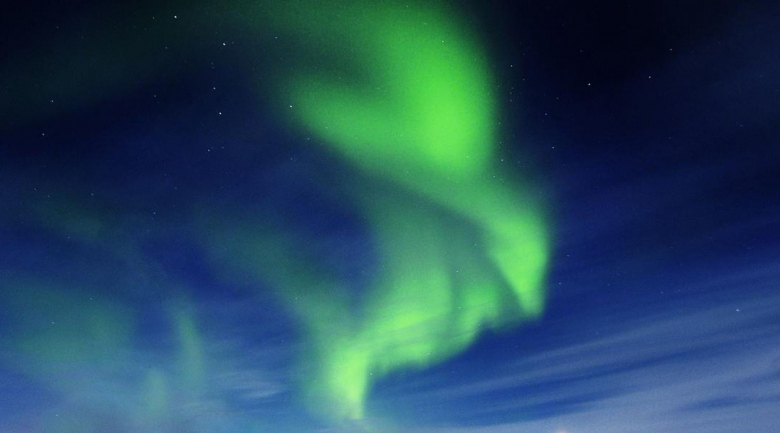
It’s easy to envisage other universes, governed by slightly different laws of physics, in which no intelligent life, nor indeed any kind of organized complex systems, could arise. Should we therefore be surprised that a universe exists in which we were able to emerge? We expect that it’s in that first tiny fraction of a second that the key features of our universe were imprinted.
The conditions of the universe can be described through its “Fundamental constants”-fixed quantities in nature, such as the gravitational constant or the speed of light.
There are about 30 of these representing the sizes and strengths of parameters such as particle masses, forces, or the universe’s expansion.
Our theories don’t explain what values these constants should have. Physicists have discovered that if we tweaked some of these parameters by just a few percent, it would render our universe lifeless.
An alternative explanation is that we live in a multiverse, containing domains with different physical laws and values of fundamental constants.
Just as we don’t think the ocean stops just beyond our horizon, we expect galaxies beyond the limit of our observable universe.
In our accelerating universe, our remote descendants will also never be able to observe them.
This vast domain would be the aftermath of “Our” Big Bang-and would probably be governed by the same physical laws that prevail in the parts of the universe we can observe.
The theory of inflation, which suggests that the early universe underwent a period when it doubled in size every trillionth of a trillionth of a trillionth of a second has genuine observational support.
It accounts for why the universe is so large and smooth, except for fluctuations and ripples that are the “Seeds” for galaxy formation.
Physicists including Andrei Linde have shown that, under some specific but plausible assumptions about the uncertain physics at this ancient era, there would be an “Eternal” production of Big Bangs-each giving rise to a new universe.
String theory, which is an attempt to unify gravity with the laws of microphysics, conjectures everything in the universe is made up of tiny, vibrating strings.
Each type of compactification could create a universe with different microphysics-so other Big Bangs, when they cool down, could be governed by different laws.
If physical reality is like this, then there’s a real motivation to explore “Counterfactual” universes-places with different gravity, different physics and so forth-to explore what range of parameters would allow complexity to emerge, and which would lead to sterile or “Stillborn” cosmos.
Excitingly, this is ongoing, with recent research suggesting you could imagine universes that are even more friendly to life than our own. Most “Tweakings” of the physical constants would render a universe stillborn.
Then we realized that there are zillions of planetary systems in our galaxy, and that there are zillions of galaxies in our observable universe.
How do we know just how atypical our universe is? To answer that we need to work out the probabilities of each combination of constants.
Specifically, if we had a theory that described physics under the extreme conditions of the ultra-early Big Bang-and if that theory had been corroborated in other ways, for instance by deriving some unexplained parameters in the standard model of particle physics-then if it predicted multiple Big Bangs, we should take it seriously.
Critics sometimes argue that the multiverse is unscientific because we can’t ever observe other universes.
We can’t observe the interior of black holes, but we believe what physicist Roger Penrose says about what happens there-his theory has gained credibility by agreeing with many things we can observe.
